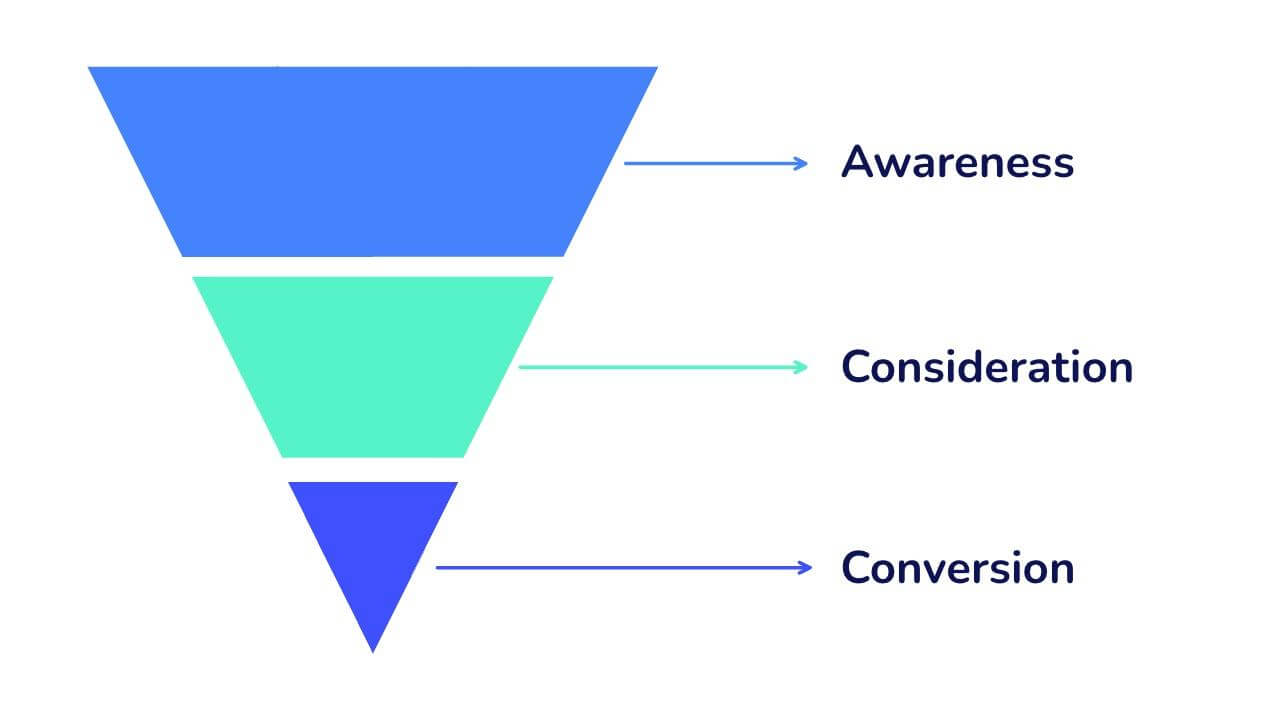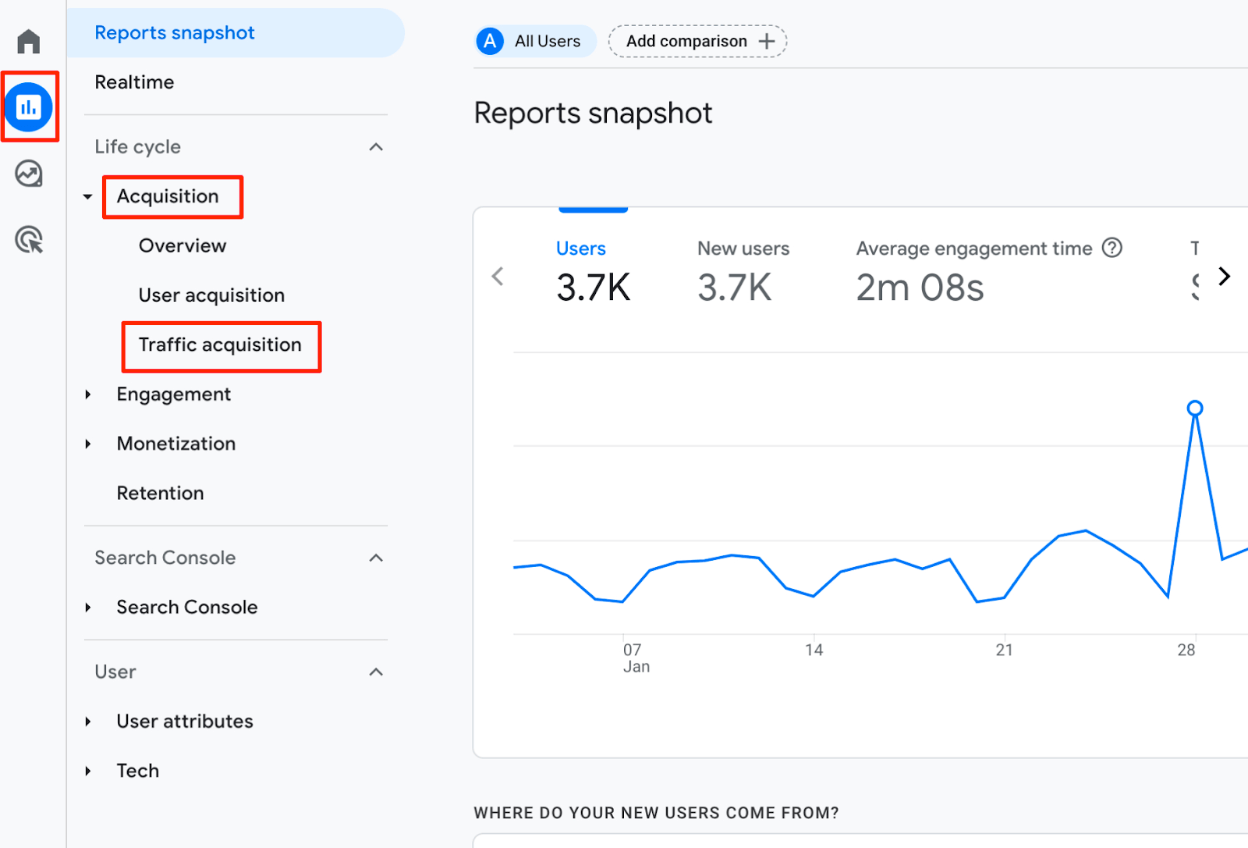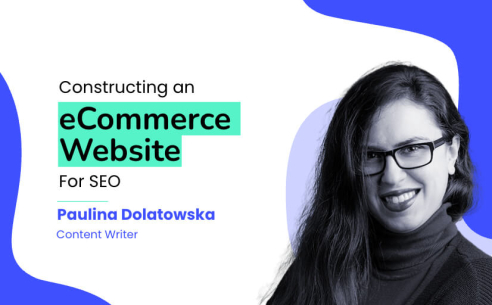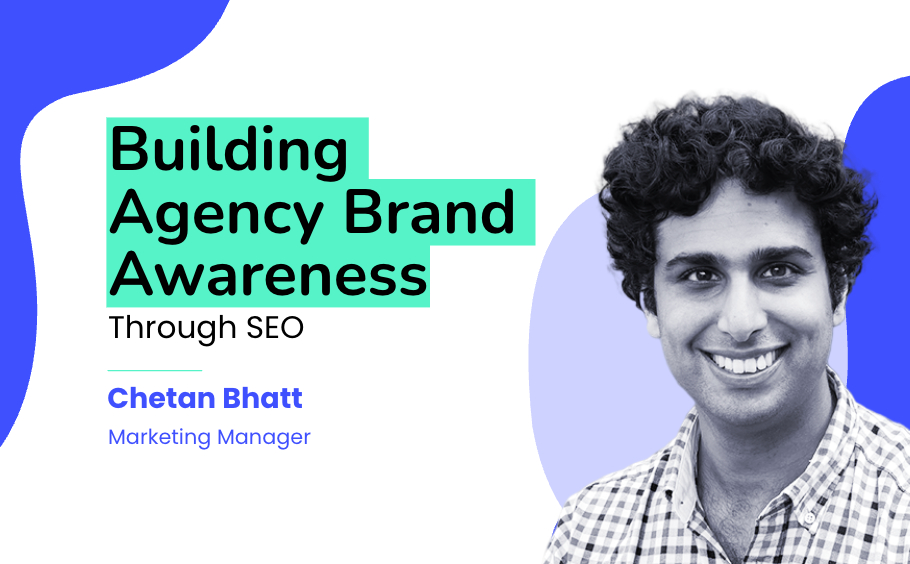Find out how you can help build your brand awareness by partnering with a specialist SEO agency.
Building Agency Brand Awareness Through SEO
Author: Chetan Bhatt, Marketing Manager

SEO plays a crucial role beyond simply driving website traffic, it weaves your brand narrative into the search tapestry, fostering recognition, trust, and ultimately, conversions.
This article highlights how SEO can be used for brand building. We explore how to capture users at each stage of the buying journey, effectively measure brand awareness through various key metrics and how to strategically partner with a white label agency to efficiently increase capacity.
The Role of SEO in Brand Building
While driving organic visitors remains SEO’s core function, a smart SEO strategy goes beyond mere clicks. It weaves your brand narrative into the search results tapestry, fostering recognition and trust.
Imagine your brand name consistently gracing the top positions for relevant queries for your business. Not only does this attract engaged users interested in what you offer, but it also leaves a lasting impression on those who haven’t clicked yet. Every search result exposure strengthens your brand image, subtly building awareness even if they visit later.
That’s why analysing your content’s SEO value is crucial. It’s not just about traffic volume; it’s about ensuring your content resonates with your brand identity and fuels your visibility journey.
What is the SEO Funnel?
Imagine a website visitor. They don’t know you exist, let alone what you offer. The SEO funnel is your chance to change that. This three step funnel will transform someone with a question into an engaged user and ultimately, customers.

Phase 1: Awareness
People use Google to get answers to questions, so you want your brand to be their one stop shop to answer all their questions on a topic related to what you’re selling or offering.
Begin by creating informative content that addresses common problems and showcases your expertise. Share insights, answer questions, and build relationships with potential customers.
Phase 2: Consideration
Next, go deep with details on the pages they’ll navigate to from step one, for example, craft compelling product descriptions, highlight unique selling points, and highlight positive reviews or testimonials to build trust.
This also involves optimising your website for relevant keywords and earning backlinks from trusted sources to rank high in searches.
Phase 3: Conversion
Streamline the purchase, offer a smooth checkout process, clear calls to action, and personalised offers.
The SEO funnel is about building relationships, establishing trust, and creating lasting connections. By guiding visitors through a seamless journey, you turn them into advocates who champion your brand long after their initial visit.
How to Capture Users at Each Stage
Find out how you can build brand awareness by capturing users at each of these stages through white label SEO below.
The Awareness Stage
At the Awareness stage, content generally targets users at the top of the search funnel i.e. searchers who are looking for more information about a particular topic that they’re interested in.
- Keywords: Broad, informational queries, e.g. “tips for [problem],” “[industry] trends,” “how to [achieve goal].”
- Content: Blog posts, infographics or listicles.
- Example: A fitness brand might target “beginner workout plan” or post an infographic on “5 common weight loss myths” to inform users about how to stay fit.
A comprehensive keyword strategy requires extensive research using tools like Ahrefs and through competitor analysis. The volume of content depends on competition in your niche, but also what the user expects to find given your target keyword.
In order to aid with expertise and capacity, we recommend partnering with a professional team of SEOs who can help craft a content strategy that can address this key step in building your brand’s awareness.
In addition, an established SEO partner will provide you with access to a wider network of backlinks and traffic sources through their connections with websites and publications. This will save you time and money when trying to rank in those higher SERPs for visibility and brand recognition.
Many SEO agencies offer content creation services specifically tailored to the awareness stage. This includes blog posts, infographics, and social media content focused on broad industry topics, pain points, and trends. Engaging and informative content attracts interested users who are at the beginning of their buying journey, building brand awareness and establishing your voice as a thought leader.
The Consideration Stage
When it comes to the Consideration stage, search intent shifts towards evaluating potential solutions. Users have identified their problem and are now actively researching different options to address it.
- Keywords: More specific, comparison-focused queries, e.g. “[product type] reviews,” “[brand A] vs. [brand B],” “[product] features.”
- Content: Optimised product pages, comparison guides, customer testimonials, case studies, detailed blog posts.
- Example: A tech company might create a landing page comparing their product to a competitor, highlighting unique features.
Guiding users through the consideration stage is not just about building trust, addressing objections, and showcasing the value you offer, but also technical SEO optimisation which is best managed by a team of experts that can oversee the impact of each change on website performance through time.
The Conversion Stage
At the Conversion stage, users are ready to make a decision and are actively searching for reasons to choose your product or service. At this stage, the brand awareness that you’ve built during the previous two stages should start to pay off.
- Keywords: Transactional intent keywords that are more likely to convert, e.g., “[product] coupon code,” “[buy now],” “[free trial]”.
- Content: Product/category pages for eCommerce businesses, service pages, homepage etc.
- Example: An eCommerce site might offer a limited-time discount code for users on the product page close to conversion.
In order to optimise the impact of transactional intent keywords it’s worth utilising data-driven insights and analytics. Established white label SEO partners typically have access to sophisticated SEO tools and analytics platforms. This allows them to track user behaviour, analyse keyword performance, and identify optimal content strategies for converting your target audience at the bottom of the funnel, maximising effectiveness. Remember to:
- Tailor your content to the user’s intent: Understand what users are searching for at each stage and provide relevant information.
- Offer value at every step: Educate and inform in the awareness stage, compare and persuade in the consideration stage, and streamline the purchase in the conversion stage.
- Use a mix of content formats: Appeal to different learning styles and preferences with text, visuals, and video.
- Optimise for both users and search engines: Use relevant keywords naturally within your content while maintaining readability and engagement.
By strategically crafting content and targeting the right keywords at each stage, you can effectively guide users through the SEO funnel, building brand awareness and ultimately driving conversions.
Measuring Brand Awareness in SEO
Building brand awareness through SEO is one thing, but if you team up with an SEO agency, how will they measure it?
Branded Searches
Branded searches are any online search queries that include the name of your brand, product, or other branded keyword. These queries indicate that someone is already familiar with your brand and is actively seeking information about it.
Examples include:
- Direct brand searches: “Samsung”
- Product-specific searches: “Nike Air Zoom Pegasus 39 size chart”
- Comparison searches: “Samsung Galaxy S23 vs iPhone 14”
- Navigational searches: “[Brand name] official website”
Monitoring the ranking of your branded keywords in search results is crucial for several reasons:
- Understanding Brand Visibility: High rankings for your branded terms show that search engines recognise your brand’s importance and relevance. This increases the chances of users finding your official website, product pages, or other desired content.
- Gauging Brand Awareness: Tracking how branded search volume and rankings change over time tells you how well your brand recognition is growing. Consistent growth in search volume for your branded keywords reflects demand and awareness of your brand amongst your audience.
- Controlling the Narrative: Owning the top search results for your branded terms ensures users reach your official content first. This allows you to control the brand narrative, highlight positive information, and address any misinformation or negativity circulating online.
- Identifying Competitor Activity: Monitoring which competitors appear alongside your branded terms in search results reveals who’s vying for your audience’s attention. This helps you adjust your marketing strategies to stay ahead of the competition.
- Measuring Campaign Effectiveness: Branded search rankings can be a key metric for measuring the success of your SEO, PR, and brand awareness campaigns. Tracking improvements in rankings after a campaign launch provides valuable insights and helps you refine future strategies.
- Highlighting Conversion Potential: Users searching for your brand are in a much later stage of the buying journey compared to those using more generic keywords. This means they’re more likely to convert, making optimised branded search rankings a valuable source of potential sales and leads.
Direct Traffic
Direct traffic includes users typing your URL directly, accessing bookmarks, or clicking saved links in emails.
Analysing direct traffic behaviour can tell you if users are returning to your site, which pages they visit, and how long they stay engaged. This helps you understand how to optimise your content and user experience for direct visitors.
You can do this with GA4, here’s how:
- Go to your GA4 property within the Analytics platform.
- To access the Traffic Acquisition report, choose Reports > Acquisition > Traffic Acquisition from the menu.

- The report shows various acquisition channels. The one labelled “Direct” indicates all traffic without a known source.
- Use additional dimensions like Landing Page, First User Source, or Session Medium to understand the nature of your direct traffic. You can also compare direct traffic with other channels over time to see trends and make informed decisions.

Brand Mentions
The presence of your brand name or product on other websites can be a powerful measure of brand awareness. Think of it like whispers instead of shouts – while not as explicit as direct mentions, these subtle cues paint a broader picture of your brand reach and perception. There are two main ways to do this: tracking backlinks and looking at indirected mentions.
Track Backlinks
Imagine each backlink to your site as a virtual vote of confidence. When reputable websites link to you, it suggests not only recognition of your content but also its value to their audience. This network of links expands your online visibility and sends a signal to search engines that your brand is worth noticing.
Backlinks from high-authority websites not only boost your search engine ranking but also expose your brand to their audience. This organic reach through influential sites amplifies your message and increases brand awareness amongst new segments.
Indirect Mentions and Associations
Online conversations unfold organically, often incorporating brand names into discussions even without direct tagging or naming. Mentions in forums, blog comments, or online reviews can reveal how people perceive your brand in contexts beyond your own channels.
Measuring brand awareness through mentions and backlinks is less about counting numbers and more about understanding the bigger picture. These subtle cues, when analysed over time, reveal how your brand is organically woven into the digital fabric, offering valuable insights to refine your brand strategy and amplify your online presence.
The Bottom Line
By strategically crafting content, targeting relevant keywords, and optimising for both users and search engines, you can leverage SEO to effectively guide users through the funnel, build brand awareness, and ultimately drive conversions.
Partnering with an SEO agency equips you with expertise, data-driven insights, and a broader network to maximise your brand’s visibility and online reach. Additionally, tracking key metrics like branded searches, direct traffic, and brand mentions provides valuable insights into your brand’s awareness and helps refine your SEO strategy for continued success.
More articles
View more of our research.

Constructing An eCommerce Website for SEO
Find out how to construct an eCommerce website that is great for users and accessible for search engines.

Educating Clients on the Value of SEO: A Guide for Marketing Managers
Find out how marketing professionals can transform their clients' perception of SEO by educating them about the value that it can bring to their businesses.
